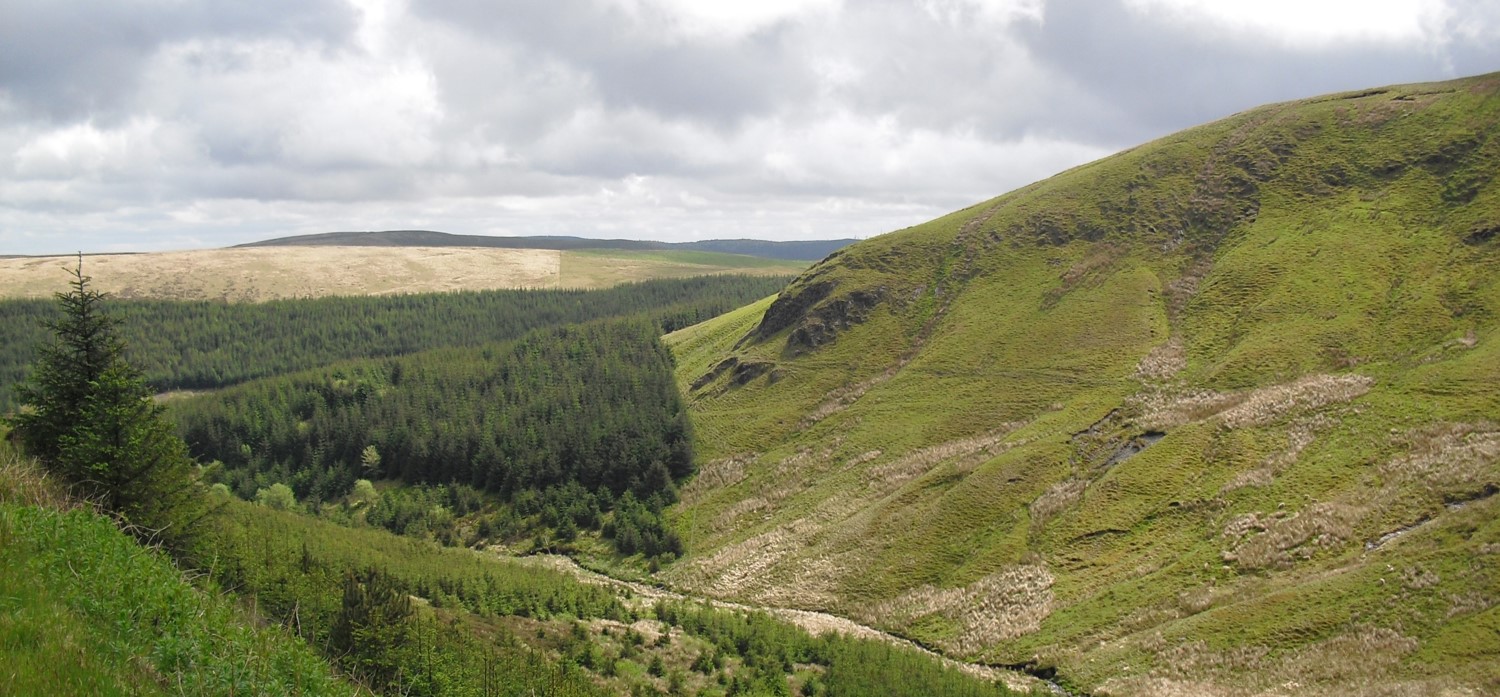In the 1960s, the fledgling Institute of Hydrology, now part of the UK Centre for Ecology & Hydrology (UKCEH), launched an ambitious project on the eastern slopes of Plynlimon in upland Wales to examine water use by conifer forests. That project has since become a multi-disciplinary long-term paired catchment study leading and underpinning hydrological and hydrochemical research in the UK and internationally.

The Plynlimon Research Catchments (PRC), in the headwaters of the Severn and Wye rivers, are adjacent catchments (19.25 km2) with contrasting land uses: moorland and plantation forest. PRC monitoring and data collection combine the best elements of traditional methods and state-of-the-art technology, and the experimental catchments provide an outdoor laboratory for cross-cutting scientific studies. Three sub-catchments are nested within each main catchment, all with permanent flow gauging structures supported by automatic weather stations.
PRC now has over 50 years of high resolution river flow and meteorological data, supplemented by process studies on flow pathways, forest interception and evaporation. The hydrochemical record from PRC consists of more than 35 years of uninterrupted weekly to monthly deposition and stream water samples analysed for a range of constituents including pH, alkalinity, nutrients, major cations, anions, trace metals, DOC and DON.

At times "routine" Plynlimon monitoring has been expanded with detailed plot and small catchment-scale studies of flow generation, weathering and element cycling, and biological processes. The PRC platform has been used to study biogeochemical responses of upland catchments to acid deposition, forest harvesting, agricultural management and climate change. High temporal resolution sampling has been used to develop new mathematical and statistical methods for interpretation of short and long-term chemical trends. Data from PRC have also been used to inform development and calibration of a number of widely used hydrological and biogeochemical models.

Plynlimon research findings have been reported in more than 500 papers in refereed journals. Much of the Plynlimon record has been freely available to the international research community for decades, and is accessible via the UKCEH EIDC.
Podcast
Listen to an Ecological Continuity Trust podcast about Plynlimon (recorded 2022)




